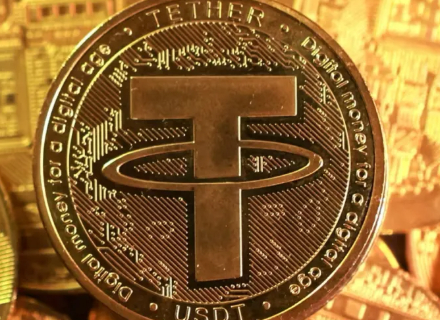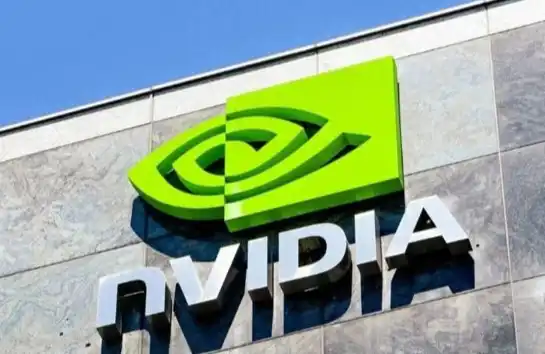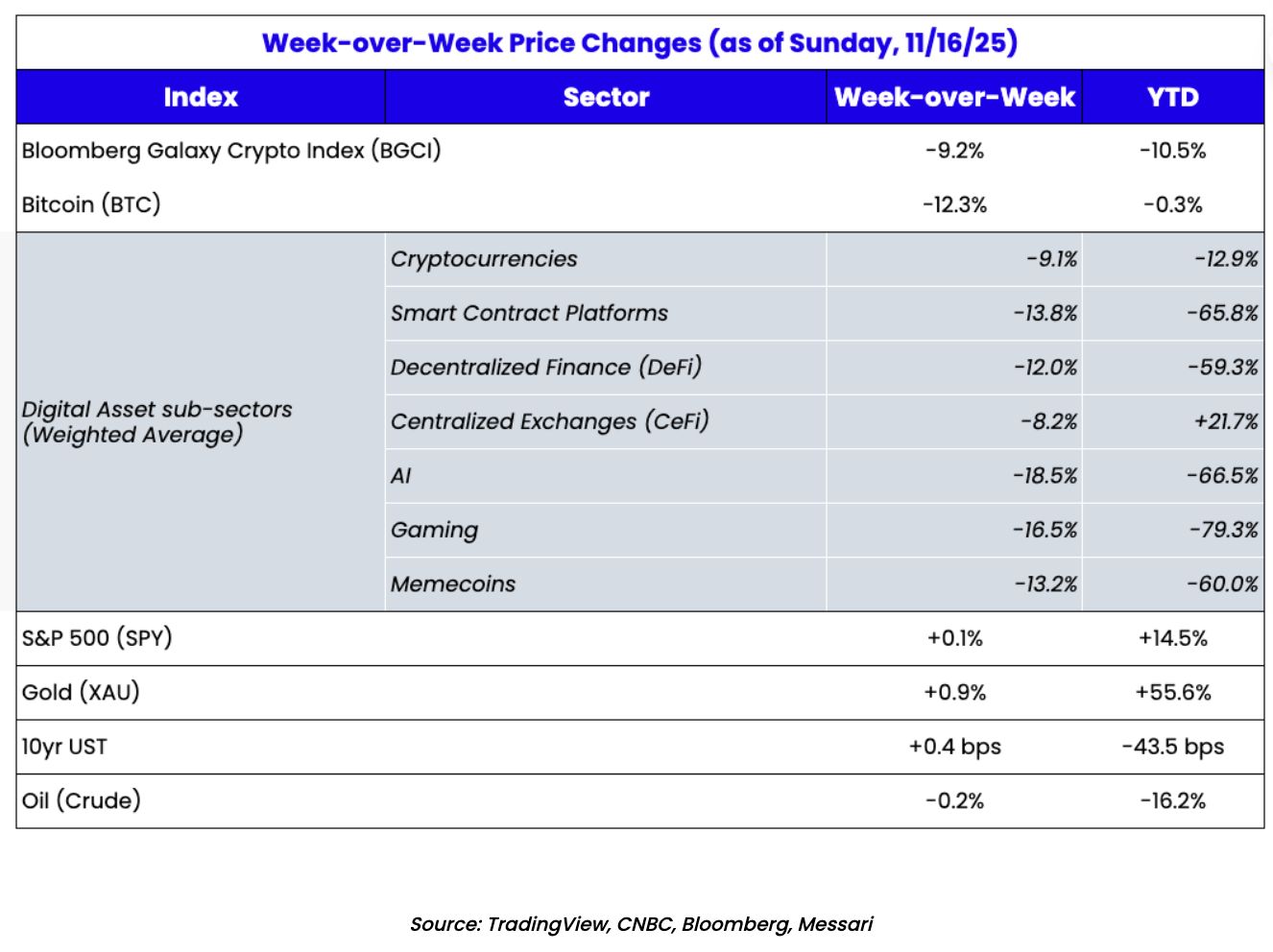PhotonPay wins the Adam Smith Award for its innovative foreign exchange solutions, reshaping the global forex management landscape
How does PhotonPay collaborate with JPMorgan Kinexys to leverage blockchain technology for 24/7, automated global fund allocation?

The AI-driven global digital financial infrastructure platform PhotonPay has stood out among numerous international entries in the 2025 Asia Adam Smith Awards, winning the "Best Foreign Exchange Solution" recommendation award. This internationally authoritative award not only reflects the judging committee's high recognition of PhotonPay's technological strength in foreign currency management and global payments, but also marks a solid step forward for the company on the path of global fintech innovation.
As its business continues to expand, the original operational model relying on multiple bank accounts has gradually revealed issues in efficiency and risk management. The decentralized account structure made it difficult to centrally allocate liquidity and lacked real-time connectivity with global foreign exchange markets. Under the constraints of traditional bank cut-off times, if there was a need for foreign exchange transactions at night, the treasury team could not execute trades immediately and had to postpone them to the next day, resulting in forced exposure to foreign exchange risk. In addition, urgent cross-time-zone transfers and daily fund management still relied heavily on manual intervention, with employees having to work overtime repeatedly to meet the global clients' fund flow needs, and clients' cross-currency settlements inevitably faced T+1 or T+2 delays. Facing multiple pressures of cost, efficiency, and risk control, PhotonPay urgently needed a foundational financial infrastructure that could achieve round-the-clock automated fund scheduling and foreign exchange processing without large-scale technical transformation, in order to maintain its competitive advantage in the global payments industry.
As one of the first blockchain foreign exchange solutions launched by major international banks in the industry, Kinexys is based on distributed ledger technology and provides enterprises with instant liquidity and on-chain foreign exchange capabilities through blockchain deposit accounts (BDAs), enabling cross-border and cross-currency fund transfers to be completed in about 90 seconds, significantly shortening the original T+1 or T+2 settlement cycle. The system covers nine major global operating locations and five mainstream currencies, meeting the vast majority of daily foreign exchange needs, while extending the processing window by about eight hours beyond traditional bank cut-off times, effectively breaking through the time limitations of financial infrastructure.
More importantly, this solution introduces programmable payment functions, allowing fund allocation and management operations to be automatically executed according to preset rules and liquidity thresholds, even during holidays without manual calculation or pre-funding. After the system went live, PhotonPay's treasury management team experienced a significant change in their working model. Tasks that previously required a lot of time, such as handling urgent cross-time-zone transfers, manually monitoring foreign exchange exposure, and constantly calculating daily repayment needs, are now mostly handled by automated systems. The team has been freed from repetitive transactional work, allowing them to focus more on customer service, product innovation, and the strategic management of global liquidity, greatly enhancing the resilience and efficiency of fund operations.
PhotonPay stated that its cooperation with JPMorgan Kinexys has further strengthened its foundational infrastructure capabilities in the process of globalization, enabling it to provide services to global clients more stably and agilely. In the future, PhotonPay will continue to increase investment in both technology and compliance, building a more efficient, secure, and scalable payment and fund management network for global enterprises.
Disclaimer: The content of this article solely reflects the author's opinion and does not represent the platform in any capacity. This article is not intended to serve as a reference for making investment decisions.
You may also like
The Atlantic: How Will Cryptocurrency Trigger the Next Financial Crisis?
Bitcoin fell below $90,000, and the cryptocurrency market lost $1.2 trillions in six weeks. Stablecoins, criticized for disguising risks as safety, have been identified as potential triggers for a financial crisis, and the GENIUS Act could increase these risks. Summary generated by Mars AI. This summary was generated by the Mars AI model, and the accuracy and completeness of its content are still being iteratively updated.

Bitcoin Surrenders Early as Market Awaits Nvidia’s Earnings Report Tomorrow
Global risk assets have experienced a significant decline recently, with both the US stock market and the cryptocurrency market plunging simultaneously. This is mainly due to investor fears of an AI bubble and uncertainty surrounding the Federal Reserve's monetary policy. Concerns over the AI sector intensified ahead of Nvidia's earnings report, while uncertainty in macroeconomic data further increased market volatility. The correlation between Bitcoin and tech stocks has strengthened, leading to split market sentiment, with some investors choosing to wait and see or buy the dip. Summary generated by Mars AI. The accuracy and completeness of the content generated by the Mars AI model are still being iteratively improved.

Recent Market Analysis: Bitcoin Falls Below Key Support Level, Market on High Alert, Preparing for a No Rate Cut Scenario
Due to the uncertainty surrounding the Federal Reserve’s decision in December, it may be wiser to act cautiously and control positions rather than attempting to predict a short-term bottom.

If HYPE and PUMP were stocks, they would both be undervalued.
If these were stocks, their trading prices would be at least 10 times higher, if not more.

